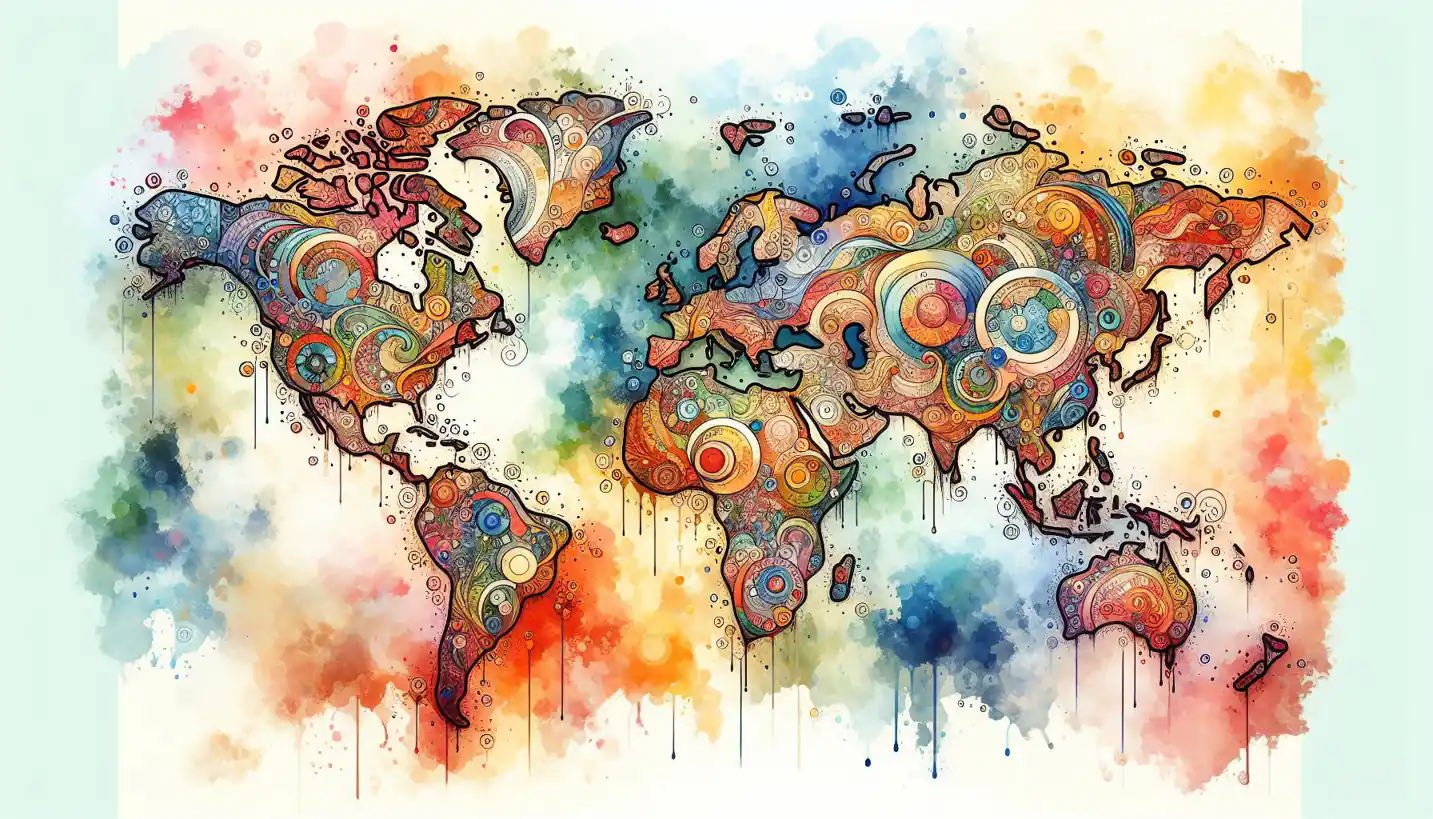· Art · 5 min read
Affective Response in Art Therapy: Emotions and Healing
Discover how affective response in art therapy connects emotions and healing, facilitating understanding and personal growth.

In the world of art therapy, there’s a fascinating concept known as “affective response.” It’s all about how art can stir up emotions and help people heal. Let’s dive into how this works and why it’s so important.
What Is Affective Response?
Affective response refers to the emotional reactions we have when we engage with art. It’s like how you might feel a sense of awe looking at a beautiful painting, or maybe even a little sad watching a poignant scene in a film. These emotions aren’t just random; they play a crucial role in how art therapy helps people process feelings and experiences.
How Art Therapy Uses Affective Response
In art therapy, people create or interact with art to explore their feelings. Think of it as a conversation with yourself, where the art acts as a bridge to your inner world. By expressing emotions through colors, shapes, and lines, individuals can unlock feelings that might be hard to put into words. This can be especially helpful for those who struggle to talk about their emotions directly.
Art as a Safe Space
Creating art offers a sort of safe space. Imagine painting as a way of whispering your secrets and worries without having to say them aloud. This gentle coaxing out of emotions is a fundamental part of how affective response helps in therapy. It gives people a way to communicate and understand their own feelings on a deeper level.
The Science Behind Emotional Responses
Our brains are wired to respond to art. When you look at a piece of art or create one yourself, your brain might release dopamine, which is a feel-good chemical. This can lead to a sense of pleasure or reward, which is why engaging with art can sometimes feel so satisfying. Moreover, art can help lower cortisol, the stress hormone, reducing anxiety and promoting relaxation.
Emotional Release and Cognitive Shift
Art therapy can lead to an emotional release, which is sometimes called catharsis. It’s like having a good cry during a touching movie—releasing pent-up emotions can be incredibly freeing. Additionally, engaging with art can encourage cognitive shifts—a change in how someone thinks about or understands their emotions. This new perspective can be transformative for personal growth and healing.
The Role of the Therapist
In art therapy, the therapist plays an essential role in helping clients interpret their affective responses. They might notice patterns or themes in a person’s artwork and guide them to explore what those might mean. The therapist doesn’t tell you what your art should mean; instead, they help you discover that meaning for yourself.
A Collaborative Journey
Think of the therapist as a fellow explorer in your journey through art and emotions. They provide support, encouragement, and insights but ultimately, the journey is yours. It’s a collaborative process where understanding and healing unfold over time.
Real-Life Applications and Stories
Art therapy isn’t just for professional artists; it’s for anyone willing to explore their emotions. For instance, a child dealing with trauma might find it easier to draw what they’ve experienced than to talk about it. Similarly, adults dealing with stress or anxiety might find solace in painting or sculpting as a form of expression and self-discovery.
Success Stories
There are countless stories of people who’ve benefited from art therapy. Take Sarah, for example, who found painting to be a refuge from the anxiety that plagued her daily life. Through art, she discovered a sense of calm and clarity that allowed her to better understand and manage her emotions.
Why It Matters
Art therapy and affective response matter because they offer unique and powerful ways to deal with emotions. They open doors to healing and self-awareness that traditional talk therapy might not. By tapping into the creative side of the brain, individuals can access feelings and insights that can lead to profound personal growth.
Beyond Words
Sometimes, words aren’t enough. Art therapy fills that gap by providing tools for expression that go beyond verbal communication. This can be especially valuable for those who have trouble articulating their emotions or who have experienced deep trauma.
The Future of Art Therapy
As more people recognize the benefits of art therapy, it continues to grow and evolve. Researchers are studying its impact more deeply, uncovering new ways that art can improve mental health and well-being. The future of art therapy is bright, with potential applications in schools, hospitals, and beyond.
Ongoing Research and Innovation
Ongoing research into the neurological impacts of art therapy is shedding light on how it might help with conditions like PTSD, depression, and anxiety. Innovations in digital art therapy are also providing new avenues for creative expression.
Conclusion: The Power of Emotions in Art
The affective response in art therapy highlights the incredible power of emotions in our healing processes. By using art as a medium, individuals can explore, understand, and heal their emotional wounds in a non-threatening, creative way. This transformative approach offers hope and healing, illustrating that art has the power to touch the heart and mind in ways that words alone often cannot.

